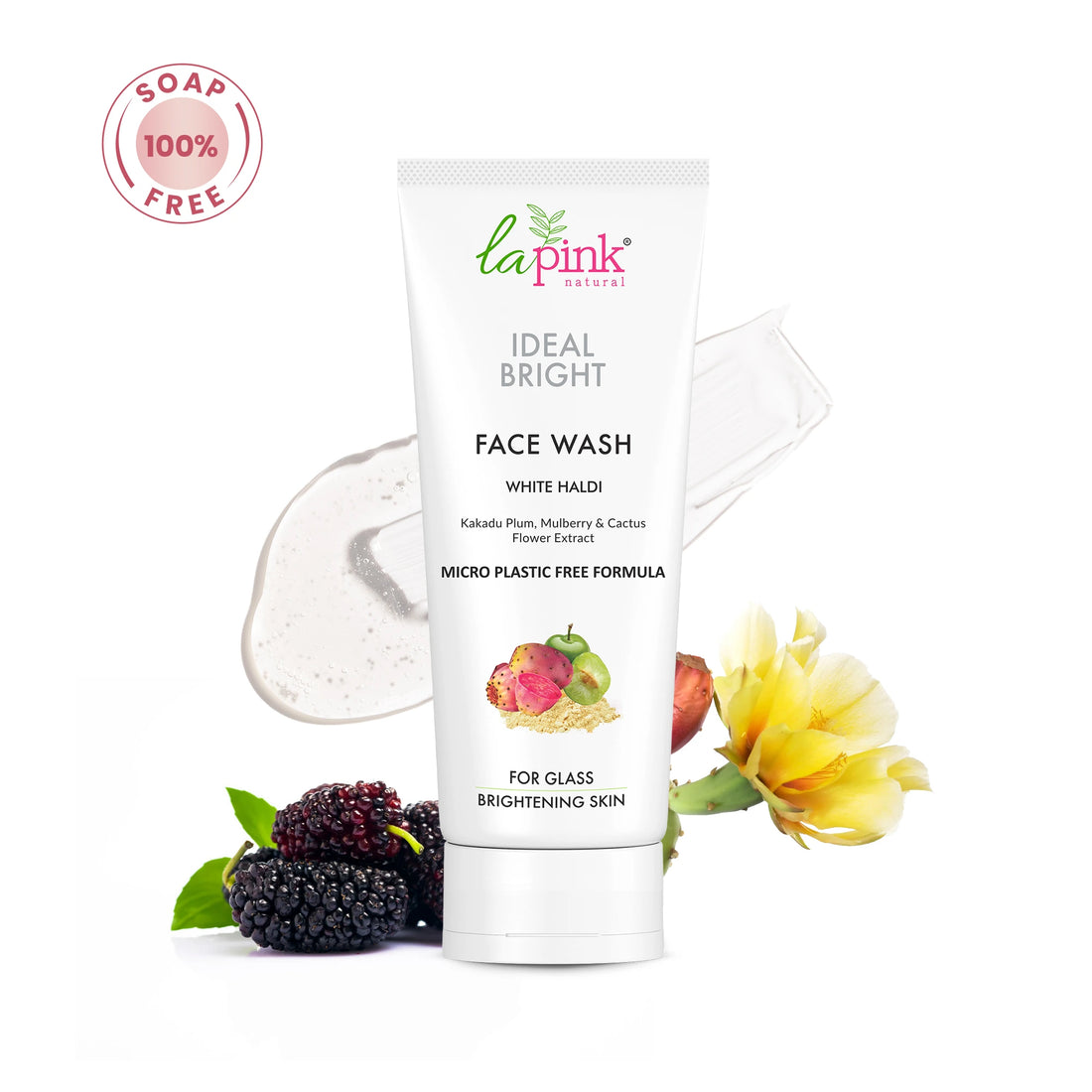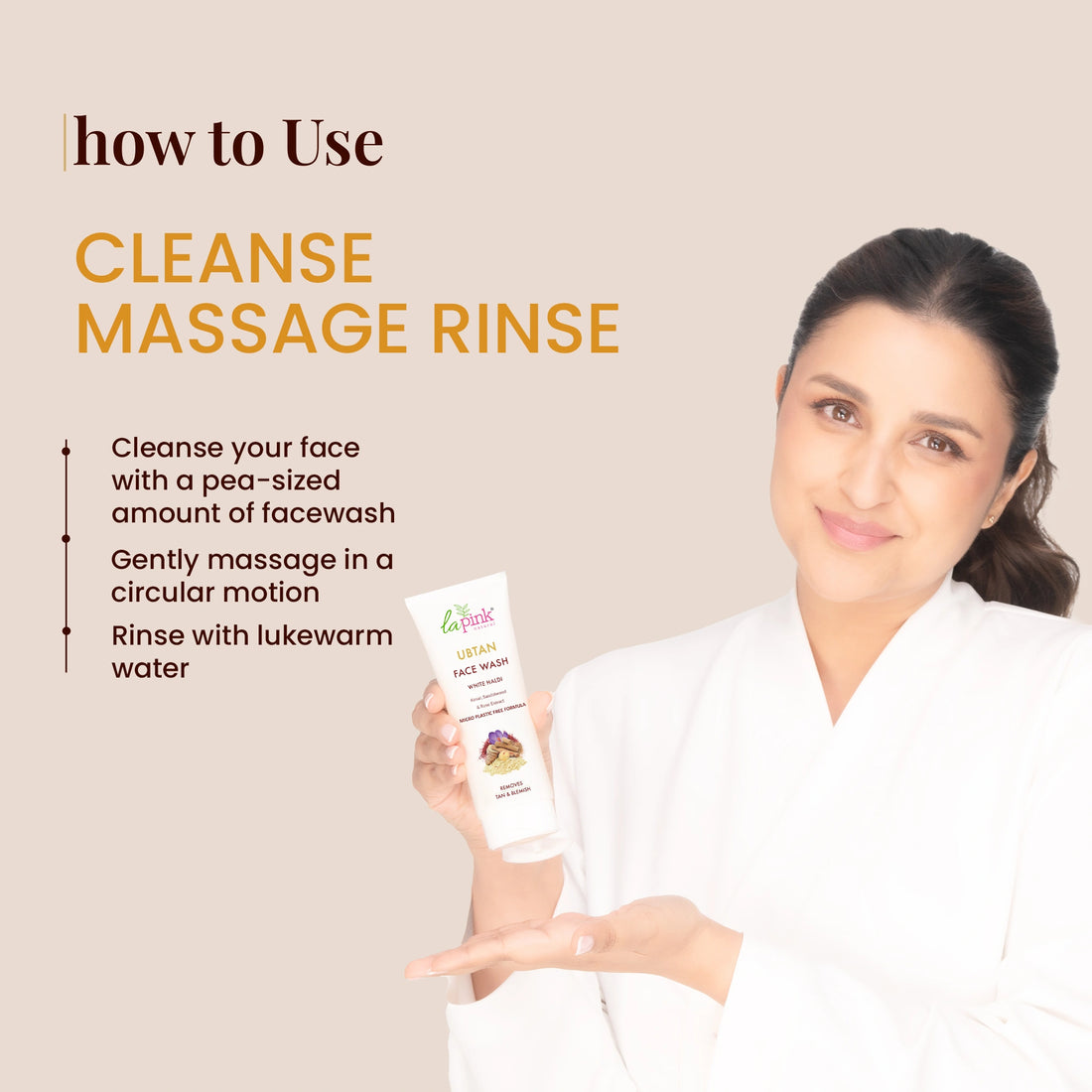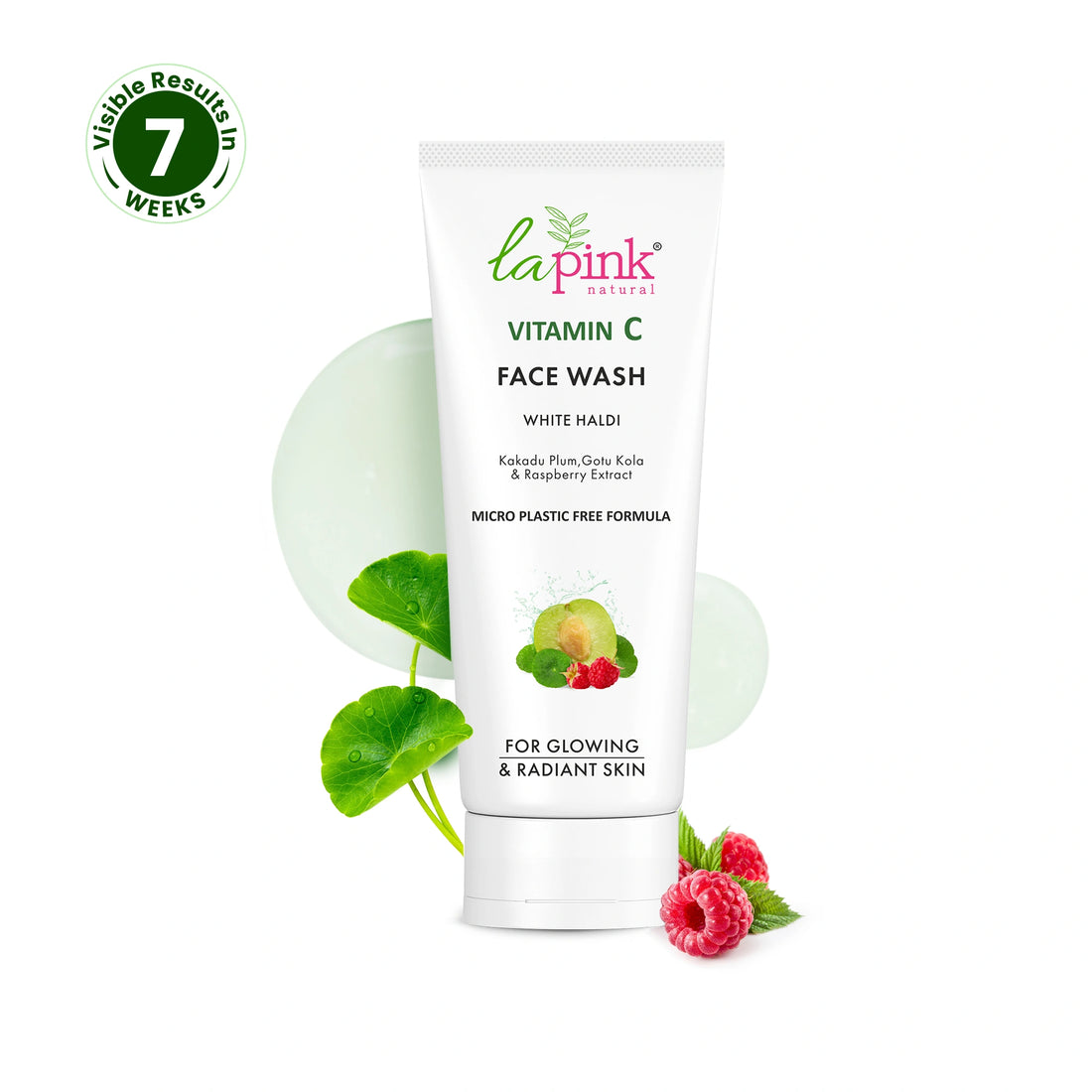How Does Dicaprylyl Carbonate Structure Help In Skincare?
Light Molecular Weight Assist In Quick Absorption
The short, symmetrical molecule with C8 chains and a carbonate nucleus forms a low molecular weight molecule. This enables Dicaprylyl Carbonate to flow well and penetrate the skin quickly without leaving much residue. The end result is a velvety, soft finish without the weight associated with longer-chain or more elaborate oils.
Carbonate Group Forms Breathable Film
The central carbonate bond (–O–C(=O)–O–) creates a supple but lightweight film on skin. In contrast to occlusive waxes or silicones, this permeable layer minimizes transepidermal water loss without inhibiting skin from "breathing." This is important for hydration assistance without clogging pores, especially beneficial for combination or acne-prone skin types.
Non-Comedogenic Structure Because of Short C8 Chains
Caprylyl (C8) chains are saturated, short, and less likely to oxidize or clog pores. Their structure makes Dicaprylyl Carbonate stable and non-comedogenic, which makes it safer for acne skin. It conditions and moisturizes without aiding comedone development, unlike fatty compounds with longer chains that occlude follicles.
Lipophilicity Unlocks Oil Solubility
The oil-loving, non-polar structure is able to dissolve lipophilic skincare actives (such as UV filters or fat-soluble vitamins) effectively. This enhances the stability and even distribution of actives in a formula. Consequently, sunscreens, serums, or foundations release ingredients more evenly, improving efficacy and texture.
Chemical Stability Ensures Longer Shelf Life
Saturated C8 chains along with the stable carbonate bond are resistant to oxidation and rancidity. This stability of structure prolongs the shelf life of Dicaprylyl Carbonate and the skincare product as a whole. It avoids degradation, discoloration, or off-odors and ensures formula integrity over time even with exposure to air or light.
How Is Dicaprylyl Carbonate Used In Skincare?
Moisturizers & Creams
Use: 1-5%
In creams and moisturizers, Dicaprylyl Carbonate is used as an emollient texture enhancer. It allows the product to slide smoothly across the skin while delivering a silky, non-greasy finish. It's particularly effective in lightweight, fast-drying formulas used for everyday hydration without a heavy residue on the skin.
Sunscreens
Usage: 2-4%
Dicaprylyl Carbonate is often applied in sunscreens to dissolve oil-soluble UV filters, such as avobenzone or octinoxate, to enhance the stability and uniformity of the sunscreen. It facilitates the production of a smoother texture without leaving the product heavy or greasy, thereby diminishing the oiliness normally attributed to certain sunscreens.
Serums
Use: 0.5-3%
I
n serums, Dicaprylyl Carbonate enhances the texture and glide of the product so that it will spread smoothly over the skin. It aids in absorption by keeping the serum from becoming too thick or sticky. The end result is a light, comfortable texture that is perfect for treatments specifically aimed at addressing specific skin issues.
Foundations & Primers
Usage: 1-3%
In cosmetics, Dicaprylyl Carbonate allows for an even, silky application of primers and foundations. It ensures that the product flows smoothly into the skin and gives a non-greasy, breathable finish. It also makes the product last longer by inhibiting the possibility of separation of the product, so the makeup remains fresh during the day.
Facial Oils
Use: 1-5%
Dicaprylyl Carbonate assists in improving the texture of facial oils to be less greasy by offering a more spreadable formula, ensuring that they can be easily applied without greasiness. It imparts a silky and light touch to facial oils, which makes them penetrate into the skin without the heavy or sticky feel usually experienced with oils.
Acne-Specific Products
Usage: 1-2%
Dicaprylyl Carbonate is a non-comedogenic emollient used in acne treatments that moisturizes the skin without blocking pores. It's particularly suitable for acne or oily skin since it gives a light, airy texture that won't trigger breakouts. It keeps acne treatments effective while maintaining skin hydration and balance.
Why Are Dicaprylyl Carbonate Popular Among Beauty Formulators?
- Exceptional Sensory Enhancement: Produces a silky, dry-touch, non-greasy feel that enhances texture and enhances consumer attraction in lightweights.
- Versatile Compatibility: Compounds well with oils, silicones, UV protectants, and actives, integrating seamlessly into sunscreens, serums, makeup, and creams.
- Improves Spreadability: Eliminates drag and enhances glide, allowing even distribution and smooth application on the skin.
- Stability Booster: Avoids crystallization and separation, ensuring product uniformity, texture, and performance over long shelf life.
- Non-comedogenic & Lightweight: Provides emollience without pore-clogging; suitable for oily, acne, and sensitive skin types.
- Sustainability & Biodegradability: Naturally sourced and biodegradable; fits clean beauty trends when sustainably sourced (e.g., RSPO-certified).
- Regulatory Ease: Accepted across the globe (EU, US, Asia) and deemed safe and non-irritating, making cross-market formulations easy.
Potential Benefits of Dicaprylyl Carbonate
Improves Skin Softness and Smoothness
Dicaprylyl Carbonate immediately softens harsh, roughened skin through the creation of a light-weight conditioning layer. It smooths out irregular texture, making the skin supple and silky to the touch. It is highly effective in moisturizers and anti-aging applications where enhancing tactile skin feel and surface uniformity is important to creating a healthy, glowing look.
Enhances Product Spreadability
It enhances the sensory benefits of creams, lotions, and serums by improving slip and glide. It results in less drag when applying the product and a smoother, more even spread. It allows products to glide smoothly over greater surface areas, providing improved user experience and more uniform delivery of actives on the skin.
Decreases Greasiness in Products
Whereas most emollients are greasy or heavy-feeling, Dicaprylyl Carbonate provides a dry-touch finish. It balances greasy or tacky ingredients (such as some oils or butter), lightening products and making them more cosmetically elegant. This is particularly beneficial in sunscreens, facial oils, or primers where a matte, non-tacky texture is desired.
Compatible with Sensitive & Acne-Prone Skin
Due to its non-comedogenic nature, its being gentle, and its inability to irritate, Dicaprylyl Carbonate can be used on reactive, sensitive, and blemish-prone skin. It moisturizes without clogging pores or causing breakouts and thus is an ideal ingredient for products that deal with combination skin, adult acne, or post-acne barrier repair — where balance is most important.
Improves Stability and Product Life
By serving as a solvent and dispersing oil-soluble actives uniformly, it increases the uniformity and stability of the formulation. It prevents separation, crystallization, or settling of actives. This provides a longer-lasting, visually stable product that retains efficacy and texture throughout its shelf life and use period.
Versatile Across Product Types
Dicaprylyl Carbonate suits most forms well — ranging from sunscreens and foundations to primers and serums. Due to its multipurpose action (texture improver, solvent, emollient), the formulator is in a position to be utilized it for both skin care as well as cosmetics, enhancing feel, functionality, and compatibility within a diverse skin concern as well as usage necessity.
Possible Downsides of Dicaprylyl Carbonate
Slight Skin Sensitivity
While usually safe and non-irritating, a few people with very sensitive or compromised skin barriers can be mildly irritated or reddened. This is more probable when used at high levels or with other actives. Patch testing is recommended, particularly for eczema, rosacea, and hypersensitive skin sufferers.
Product Build-Up from Overuse
Since Dicaprylyl Carbonate creates a thin film on the skin, excessive use in layered routines (multiple products with it) can result in a residue or product build-up feeling. This can be heavy or cause makeup to pill, especially for oily or combination skin types that tend to congest when emollients are applied excessively.
Limited Hydration on Its Own
Though it hydrates skin and prevents water loss, Dicaprylyl Carbonate does not actively attract water into the skin as humectants (such as glycerin, hyaluronic acid) do. Standing alone, it might not deliver intense hydration and will be less beneficial for extremely dry skin unless combined with water-holding ingredients in a well-balanced product.
Can Interact with Other Oil-Soluble Ingredients
As a solvent, it has the ability to affect the solubility or distribution of other lipophilic active ingredients. If poorly formulated, it may water down the strength or modify the delivery of some ingredients, including UV filters or retinoids. This can have an adverse effect on product effectiveness when not well-balanced by formulators.
Sustainability Concerns
Dicaprylyl Carbonate is typically sourced from coconut or palm kernel oil. Unsustainably sourced palm oil derivatives, if not properly managed, can lead to deforestation and environmental degradation. Ethically conscious consumers might like to ensure the ingredient is RSPO-certified (sustainably produced), especially if sustainability is an item to consider when making a purchase.
Does Not Provide Active Treatment Benefits
Unlike bioactive actives (such as niacinamide or peptides), Dicaprylyl Carbonate is only functional — it improves texture and touch but does not actually address skin issues like wrinkles, pigmentation, or acne. As such, for customers looking for treatment-based products, it must be blended with actives in order to provide both sensory and therapeutic effects
Do You Know?
Dicaprylyl Carbonate provides a smooth, non-greasy finish, serving as a silicone substitute for clean beauty. It enhances spreadability, minimizes drag, and maximizes color payoff in makeup. It stabilizes oil-soluble ingredients such as UV filters, providing even SPF distribution. Non-comedogenic and lightweight, it's suitable for acne skin. Biodegradable and fragrance-free, it fits into eco-friendly trends, making it perfect for eco-friendly, fragrance-free products.



































































